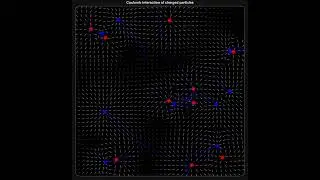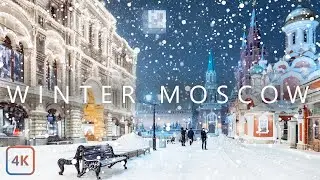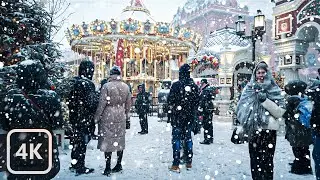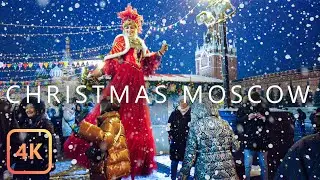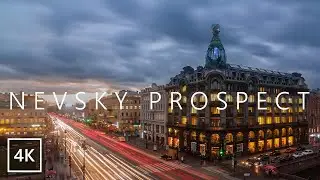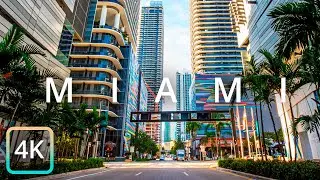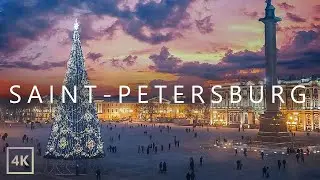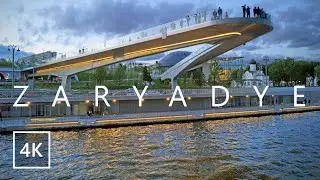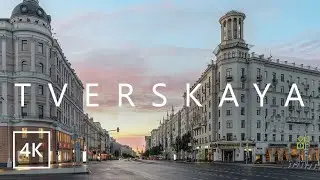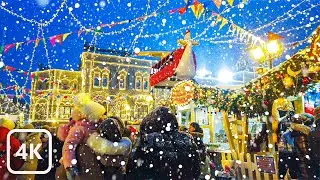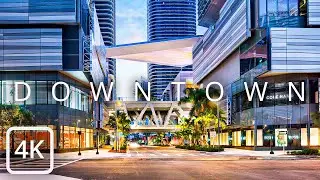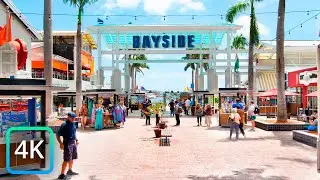【4K】Walking in Moscow, Alexander Garden (City sounds) center of Moscow
In this video We will take a walk around Moscow in the Aleksandrovsky Garden park, walk from Manezhnaya Street to Borovitskaya Square to the monument to Prince Vladimir. In the very center of Moscow, in the park, we will visit the eternal flame, the Four Seasons fountain, fountains dedicated to cartoons of the Soviet era, to the ruins grotto, and also walk under the Troitsky bridge along the alley to the end of the park. Feel the sounds of the city and its atmosphere with us.
About the park
The Aleksandrovsky Garden is a large green massif stretching along the western wall of the Kremlin from the side of Bolshaya Nikitskaya, Vozdvizhenka and Znamenka. Today we are used to calling it a garden, but until the 1970s and 1980s. these were the Alexander Gardens. And there were three of them: Upper, Middle and Lower.
The Alexander Gardens were laid out in 1823 by the architect Osip Bove. They were built on the site of the floodplain of the Neglinka River at the behest of Emperor Alexander I. Initially, the gardens were called Kremlin and only after the coronation of Alexander II in 1856 - Alexandrovsky.
In the 1820s and 30s, it was a favorite walking place for Muscovites. In 1872, the Polytechnic Exhibition was held on the territory of the Alexander Gardens on the occasion of the 200th anniversary of the birth of Peter I. The exhibition was a huge success.
The entrance to the Upper Garden from the Historical Museum is decorated with a magnificent fence with two gates. They are made according to a drawing by E. Pascal and cast from cast iron at the Chesmensky A.V. Nemchinov. The posts of the fence are made in the form of bundles of twigs and gilded hatchets - an ancient Roman symbol of strength and unity. The grill is a monument to the glory of Russian weapons in the fight against Napoleon.
To the left of the entrance at the Kremlin wall there is a memorial - the grave of the Unknown Soldier, who died near Moscow in 1941. The monument was opened on May 8, 1967. At the same time, the Eternal Flame of Glory was lit. “Your name is unknown, your feat is immortal,” is written on black granite.
Further along the wall are monumental red porphyry blocks - each block is dedicated to the hero-city of the Great Patriotic War of 1941-1945.
The authors of the memorial are architects D.I. Burdin, V.A. Klimov and sculptor N.V. Tomsk.
In the Upper Garden today you can see a gray granite obelisk. Until 2013, an Obelisk stood on this site, erected in honor of the 300th anniversary of the Romanov dynasty. In 1918, it was converted into a monument to "thinkers and leaders of the struggle for the liberation of workers" - instead of the names of the tsars, the names of the founders of scientific communism were carved on the obelisk. Now it is a completely new monument, made like the original one. It was built on the 400th anniversary of the Romanov dynasty.
Further, a grotto, built here at the beginning of the 19th century, has been preserved near the Kremlin wall. This element of romantic park architecture is made according to the drawing by O. Bove.
In the 1990s, the Okhotny Ryad shopping center was built on the right side of the Alexander Garden. An imitation of the Neglinnaya River appeared from the side of the complex and the sculptures "Heroes of Russian Fairy Tales" by Zurab Tsereteli were installed.
The border of the Upper and Middle Gardens was and remains the Trinity Bridge, which connects the Trinity and Kutafya Kremlin towers. Until 1819 it was a bridge across the Neglinnaya River. There was a mill on the side of the Upper Garden. The middle garden in the middle of the 16th century was the Apothecary. By order of Ivan the Terrible, fruit trees were planted in the garden, medicinal herbs were grown, and a vegetable garden was laid out. The Apothecary Garden existed at the walls of the Kremlin until 1706 and was transferred to 1st Meshchanskaya Street by the decree of Peter I, who was engaged in strengthening the Kremlin walls with bastions. Then the bed of the Neglinnaya River was re-formed, and earthen fortifications in the form of pentagons were built along the Kremlin walls. The remains of the Borovitsky bastion can be seen not far from the Borovitskaya tower.
Subscribe:
Facebook: / walking.bird.980
Instagram: / walking__bird
Twitter: / walkingbird12
Information about the day:
August 09, Sunday, air temperature +25
#moscow #walking #park #garden #russia #relax
Walking in Moscow, Alexander Garden (City sounds) center of Moscow






